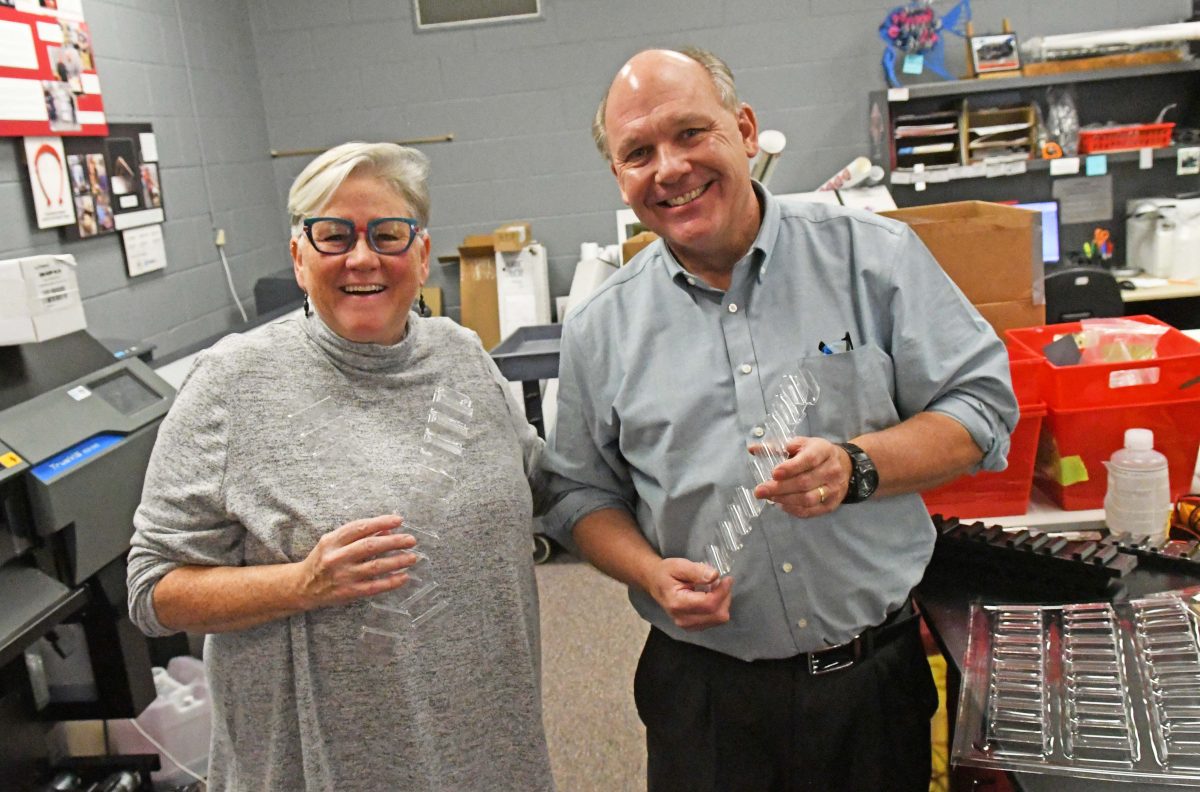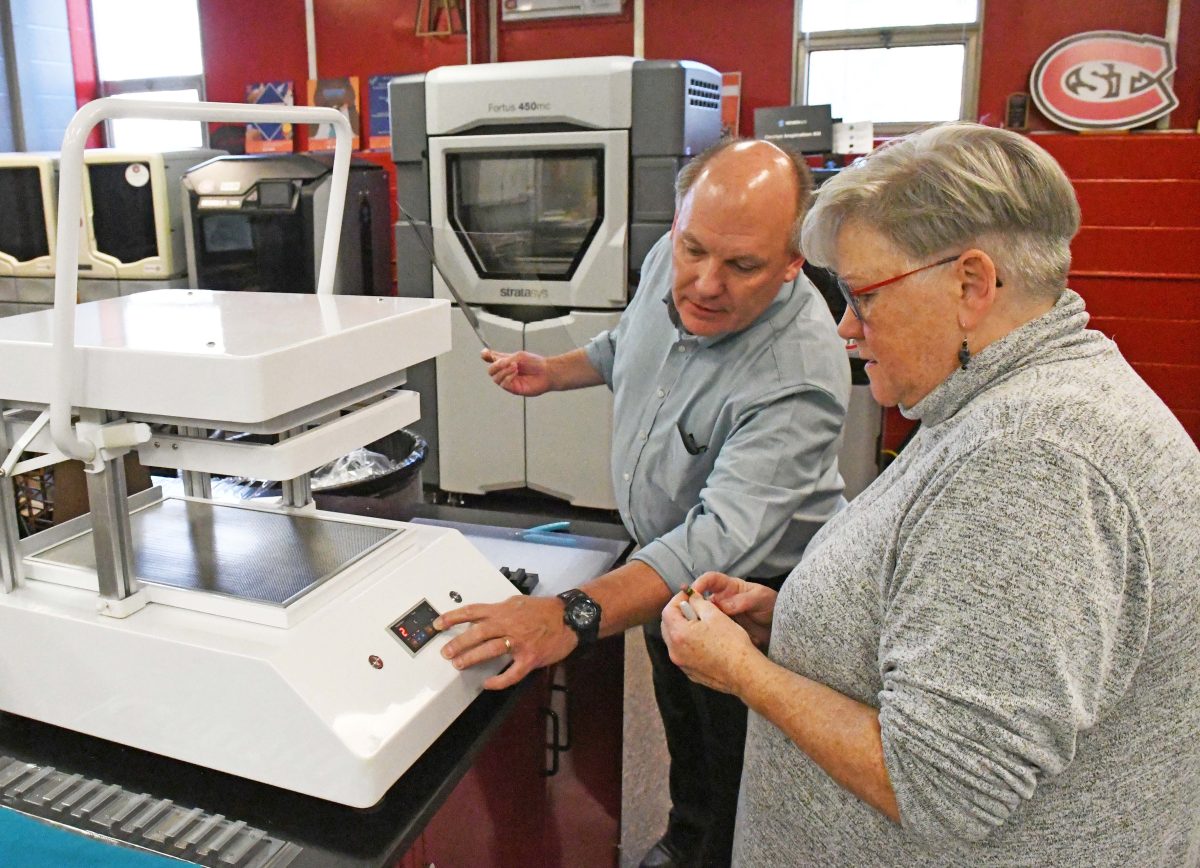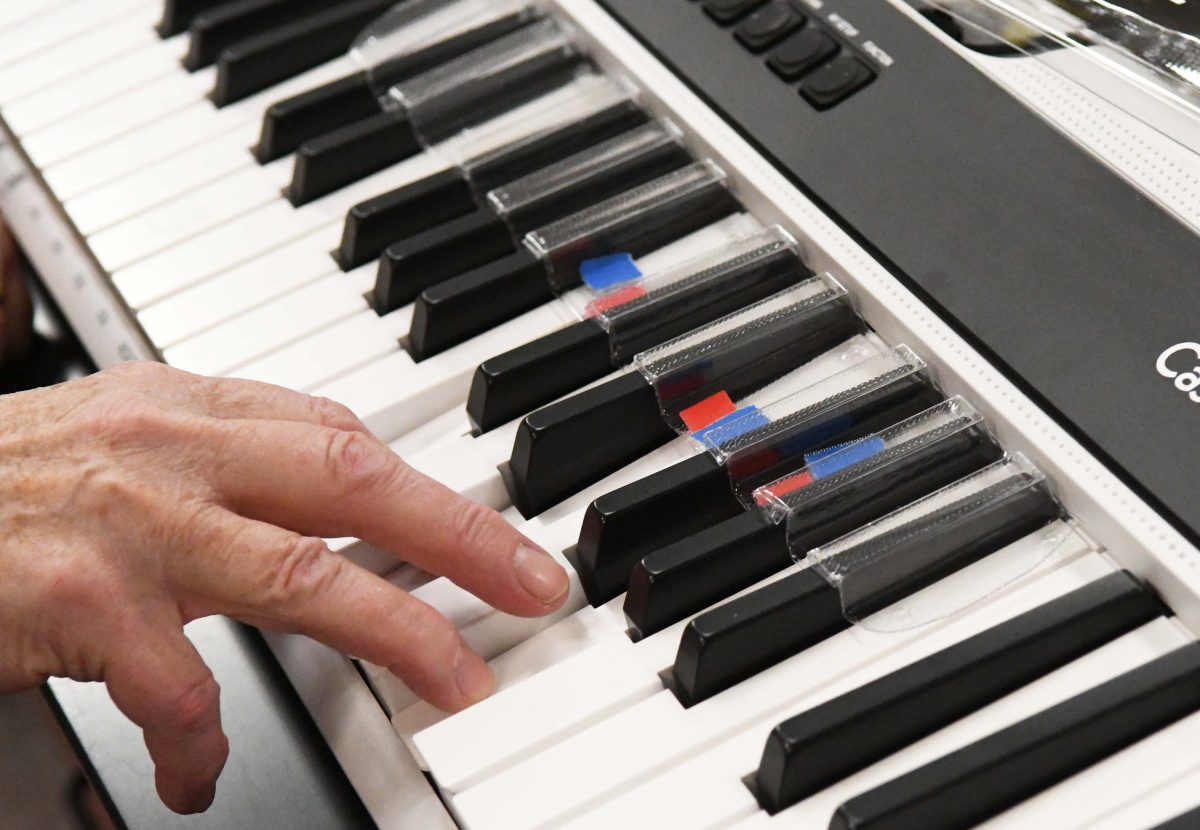
Ruth LeMay had a vision: make music accessible for all.
LeMay, who has worked as a music teacher in Minneapolis Public Schools for over 30 years, developed the 3 Strings method to serve students with developmental disabilities so they can have a music ensemble like their neurotypical peers, or even play side by side with traditional music readers.
She has found a way to use patterns of shapes, languages, numbers and colors to transliterate into music literacy, making it accessible for students to learn.
It also can make students musicians for a lifetime who may have never had the opportunity if not for 3 Strings. LeMay passionately advocates for equal music access for people with developmental disabilities. Inclusion means getting them in the room, but it goes even further.
“Students with differing abilities are able to play music beside their neurotypical peers, as long as the music and the instruments are adapted to meet the needs of the neurodivergent learner,” LeMay described.
LeMay’s music reading method began with guitars and advanced to pianos, but she needed a particular cover that goes over piano keys. LeMay’s company owns over a dozen keyboards, which was necessary without the ability to mass-produce key covers.
She knew what she wanted, but didn’t have the solution to efficiently make them.
That was until a conversation with SCSU music professor Dr. Catherine Bushman. LeMay had been presenting to the Minnesota Society for Music Teacher Education (MNSMTE), and Bushman said SCSU might be able to help.
Make-It-Space
The SCSU Husky Make-It-Space in Headley Hall was the perfect solution. The space seeks to produce prototypes and products to enhance education and outreach efforts of SCSU.
Mark Schroll, assistant professor in the Department of Environmental and Technological Studies, began working with LeMay in the summer to make her vision a reality.
LeMay bought a vacuum former, a much better solution than the large price of 3D printing the hundreds of key covers. Using a type of thin plexiglass as material, Schroll drafted the design for the key cover molds in CAD (computer-aided design).

Next, he used one of the Make-It-Space’s 3D printers to print three molds. Using the vacuum former, the molds can make three key covers in just moments, creating a re-usable process that LeMay can now do on her own.
“She had a contact on campus, and we had the expensive toys to be able to print in high temperature polymers … which made the mold possible,” Schroll said.
The last remaining step is LeMay forming the key covers with scissors, but it’s still much less intensive than the original process she began a year ago. This new sustainable process now makes it a reality to have hundreds of key covers for an affordable price.
It also provides so many more opportunities for students to play piano in her 3 Strings band. With the band practicing and performing dozens of songs, you need a large supply. Schroll said SCSU was happy to be able to provide help to such an innovative cause.
Music opportunities
LeMay’s band has played at music teacher conventions in Minnesota, Iowa and Wisconsin, and only a few seconds of a video performance shows they are incredible to watch. It’s one thing to hear about the idea, but to experience their performance live is completely different.
Multiple singers, guitarists and piano players all operate together, while volunteers sit nearby to support the musicians and help with the notes. Students rotate instruments, with many able to play as many as five different instruments in a performance.
The idea of 3 Strings came about organically. LeMay was watching a performance at a high school when she noticed a group of autistic students responding to the music with stomps and vocalization. Instead of seeing it as a distraction, she realized that it was their way to show appreciation, with some even matching pitch.

The next day she approached one of their teachers, seeing the opportunity to add a music education class for the students.
“Music has too high of an entry level point for some students,” LeMay said. “It eliminates so many people before we even get started.”
Working with materials available, the idea of colored tape representing notes developed. Students would put guitars on their laps and strum with their thumb, but they couldn’t reach all the way across the fret board.
Less strings were needed; it was time to cut off the one’s that couldn’t be reached and leave three.
“Thus, we became 3 Strings — the kids named it,” LeMay said.
A band started in January 2015, and they were already on stage for a performance in May 2015.
“We had three songs, and there was not a dry eye in the place,” LeMay recalled. “People were just blown away.”
Next steps
With the new process developed in the Make-It-Space, her band is now able to use keyboards more effectively in their performances. LeMay described it as a “complete game-changer” that also dramatically reduces the time needed to setup between songs.
“This is the difference between it being able to work or not,” she said when pointing to her new key covers. “It’s that crucially important.”
LeMay’s current role as a full-time online teacher also allows her to expand 3 Strings. The band practices in her basement home studio, and she knows she could fill it nearly every night if she had the time.
Future goals include an interactive eBook that offers guidance in the use of her adaptive products and methodology. 3 Strings has the potential to serve a broad population of people.
The possibilities are endless for a product that can make music accessible to all.
“3 Strings has the potential to grow very large,” LeMay concluded. “It has the ability to bring music to people of all abilities, regardless of previous music experience. Let’s be honest, everyone deserves a chance to make music!”
